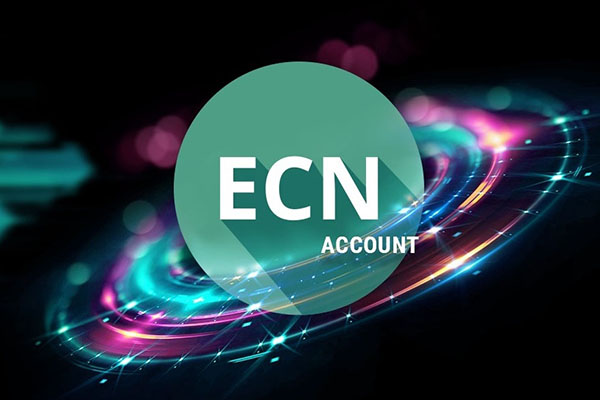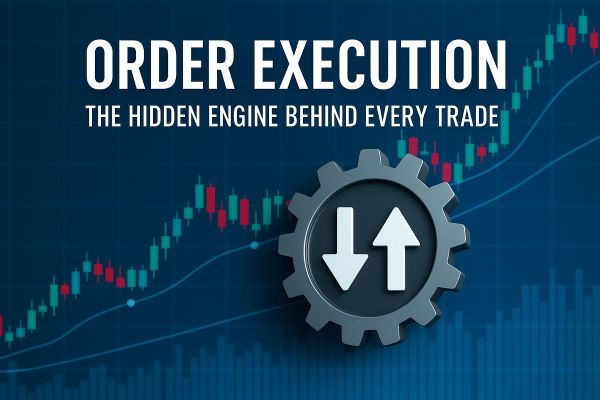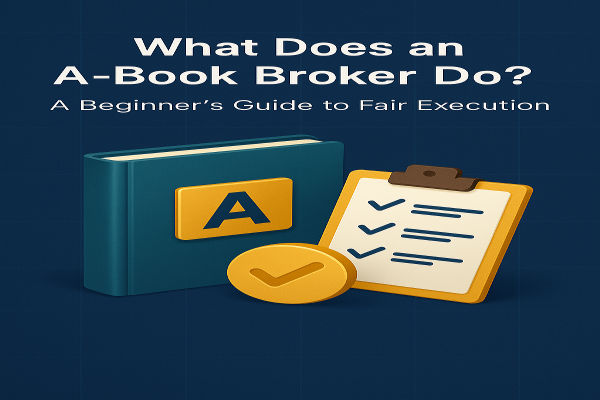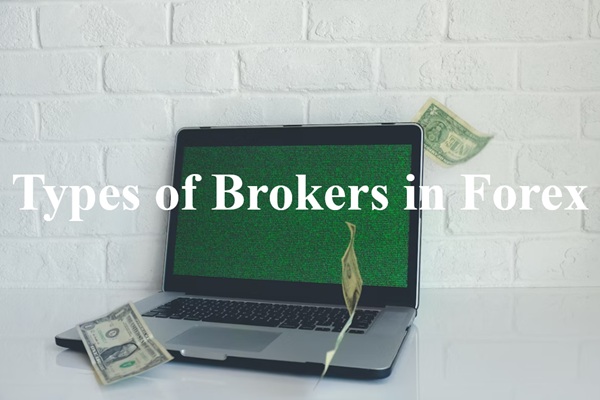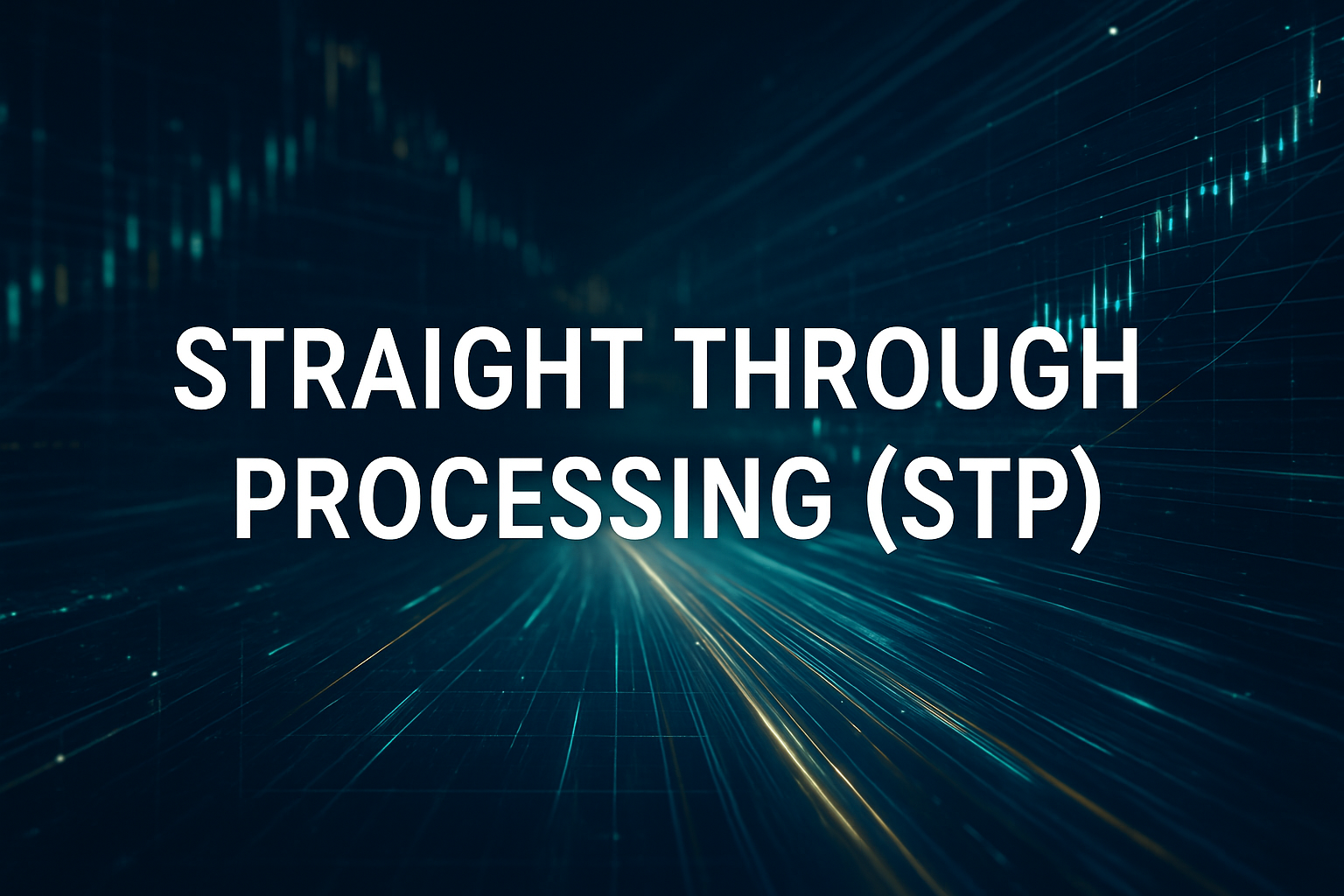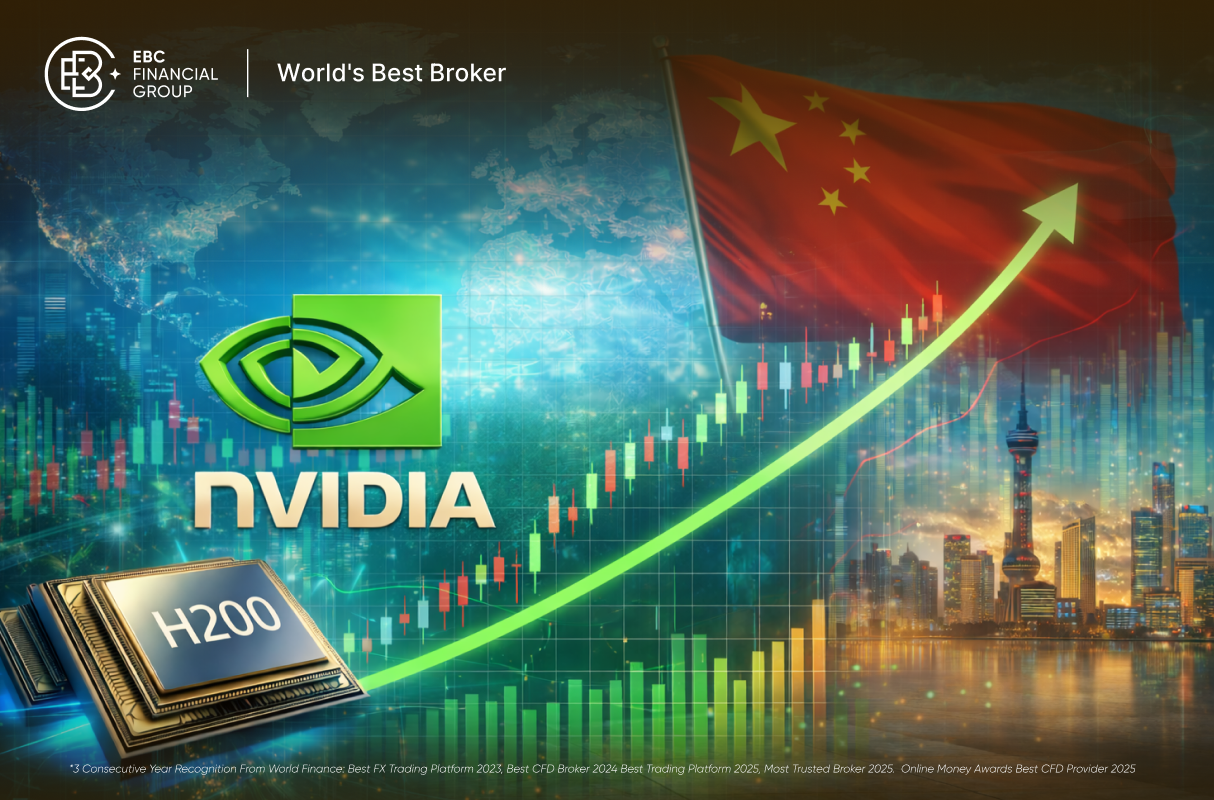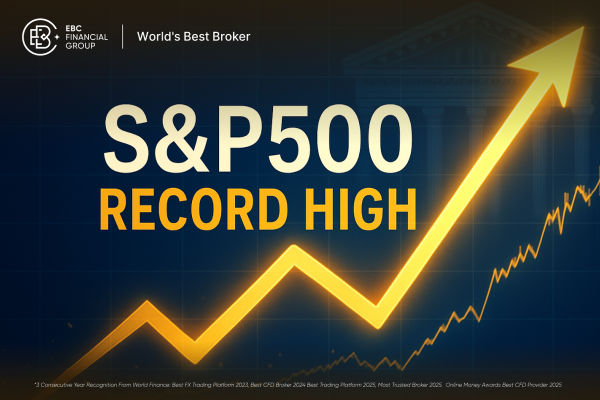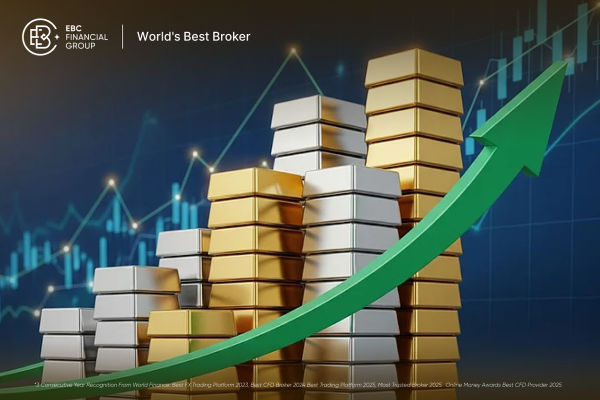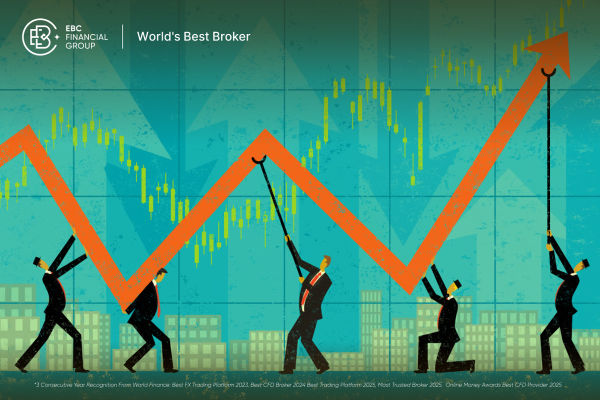There are different trading modes in forex trading, including MM, ECN, and STP. For friends who are just starting to enter the forex trading market, their concepts will definitely be vague, or many beginners are very persistent in the ECN trading mode, and if they find that the platform is not in the ECN mode when choosing a forex trading platform, they will decisively give up. So today we will talk about what ECN and STP are and their main characteristics.

Let's Start with Dry Goods:
The ECN model can be understood as a direct sales model without intermediaries; The STP model can be understood as a wholesale model. What about the transaction cost issue that we are most concerned about? Without intermediaries, it does not mean there are no fees. The ECN model still requires payment of handling fees, while the STP model directly increases the spread on forex platforms without charging any handling fees. In short, both have transaction costs, but the charging methods are different. Which transaction cost is low? The ECN is still low, but it only appears to be low on the surface, and the gap is not too obvious. Therefore, the main factor is the qualification of the forex platform, and more importantly, it is in line with one's own trading habits.
ECN Trading Mode
Electronic CommunicationsNetwork (Electronic Communication Network), abbreviated as ECN. The ECN forex trading platform allows customers to interact and trade with other customers, in other words, customers' orders can be matched and traded with the orders of other participants in the market. For example, if I execute a gold multiple order on one hand, and a trader happens to execute a gold short order on the other hand, our order will be directly matched successfully.
In this ECN market, there are many market participants, including investment banks, investment institutions, forex traders, hedge funds, forex platforms, and so on. Through the trading mode of ECN, all participants' buy or sell quotes will be sent to the ECN system, and then the system will pair and trade the most competitive and advantageous prices.
ECN based forex platforms charge "fixed commissions"
Ultra low spreads are the common characteristics of ECN mode trading platforms, and they also fluctuate with market price fluctuations. Basically all ECNs forex platforms in the model will charge fixed transaction fees to traders. For example, $6-7 per standard hand. This is also their only source of income, as the spread is already very low, it is easy to discover how to increase the spread to obtain additional income. Generally, forex traders with large trading volumes will choose ECN based platforms, which will reduce some trading costs.
In the ECN model, forex platforms will not profit from traders' losses. However, there may be situations of re quoting or sliding points, such as heavy trading, where large orders cannot completely find a matching party at a specific price. This can lead to deviations between the executed price and the expected price, which is often not the case for some small orders.
STP Trading Mode
Straight Through Processing, abbreviated as STP. There is no intermediate processing platform (dealing) in the transactionDesk) intervention, which is the meaning of direct processing.
The STP trading model also connects forex traders with liquidity providers, similar to the ECN trading model. Their main difference is that the STP forex platform is actually connected separately to liquidity providers, serving as a bridge and profiting by increasing the spread, not transaction fees.
In the STP model forex platform, customers who execute orders will be directly sent to their liquidity provider for matchmaking (such as banks, investment institutions, or other forex platforms). Some STP platforms only have one liquidity provider, while others have several or dozens. The more providers there are, the faster their circulation and order transaction speed can be improved.
The buying/selling quotes of each liquidity provider are different, and forex platforms will choose the most favorable price for themselves. Some forex platforms claim that their trading platforms are true ECN platforms, but in reality, their systems are only STP, which is a straight-through processing system. Strictly speaking, ECN platforms are few and far between.
STP Forex Platform Profits Through Spread
Generally, forex platforms that implement the STP model mainly act as intermediaries. When forex traders execute orders, the forex platform will search for the best quotation among multiple liquidity suppliers, and then add a little or half point difference to match and trade with the trader's orders to earn profits.
The spread of STP trading platforms is mostly floating. If forex platforms cooperate with several liquidity suppliers, they can choose the best buy and sell prices, which can further reduce their costs and increase their profit ratio.
Which is Better, ECN or STP?
Regardless of the ECN and STP modes, forex platforms are not engaged in gambling transactions with customers on the platform. As long as its customers have enough transactions, forex platforms can benefit from slight increases or transaction commissions. The profit models of ECN and STP forex platforms are roughly the same. Forex platforms hope that traders can also make profits, so that they can continue to maintain long-term stable income through point spreads and customer funds.
It should be noted that some STP forex platforms may mix DD (Dealing Desk)The mode, namely the "with trader platform" mode. This is because the liquid suppliers behind the forex platform may have set a minimum transaction amount, and in disguised form, small transaction orders will not be directly sent to the liquid suppliers, making the forex platform the home of customers. Then, the forex platform will operate in the future by collecting orders and throwing them out of the market for hedging. Before hedging, foreix platforms can classify customers, and only for those with high profit margins will orders be sent to the market for hedging, which will be handled by banks and other counterparties; For customers with high loss rates, forex platforms serve as their trading partners, and their losses will turn into profits for forex platforms.
In summary, there is no clear answer to which trading model is the best. Because each trading mode has its own characteristics, for most traders, there is no need to spend a lot of time and energy comparing trading platforms. Currently, mainstream forex platforms will not have significant differences, but should focus on how to improve their trading skills and improve their trading success rate.
EBC Platform Risk Reminder and Disclaimer: There are risks in the market, and investment needs to be cautious. This article does not constitute investment advice.












